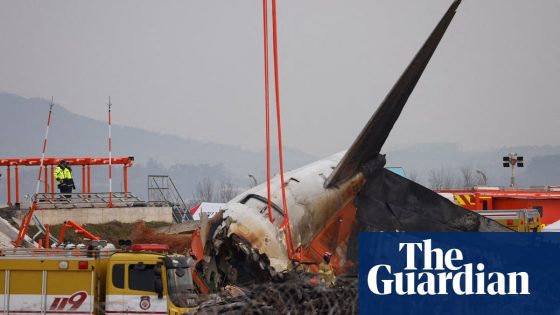A series of earthquakes near the Greek island of Santorini has prompted authorities to take precautionary measures, including the closure of schools and the deployment of rescue teams. The strongest tremor, recorded at magnitude 4.6 on February 2, 2025, occurred at 3:55 p.m. local time, with no reports of damage or casualties.
- Earthquakes prompt school closures in Santorini.
- Over 200 tremors recorded since Friday.
- Strongest quake measured 4.6 magnitude.
- Residents advised to drain swimming pools.
- Precautionary rescue teams deployed to islands.
- Santorini volcano history includes massive eruptions.
Since early Friday, more than 200 earthquakes have rattled the area surrounding Santorini, causing concern among locals despite experts stating that these tremors are not linked to the island’s volcano. The earthquakes have led to the closure of schools on Santorini and nearby islands, including Amorgos, Anafi, and Ios, as a precautionary measure. Officials from the Ministry of Climate Crisis and Civil Protection have been meeting daily to assess the situation and implement safety protocols.
The Athens Geodynamic Institute reported that the strongest earthquake reached a magnitude of 4.6 at a depth of 14 kilometers (9 miles). Following this event, several additional tremors over magnitude 4 and numerous magnitude 3 quakes have occurred. As a safety measure, residents and hotel owners have been advised to drain swimming pools, as large volumes of water could pose a risk to building stability during a significant quake.
In response to the ongoing seismic activity, rescue teams, including sniffer dogs, have been dispatched to the island. The fire service has set up tents in open fields to accommodate the additional personnel. Residents are advised to avoid large gatherings and remain vigilant of potential rockfalls, particularly since the islands feature steep cliffs. Experts caution that while predicting a stronger tremor is impossible, the area could experience quakes of up to magnitude 6.
Historically, Santorini is known for its catastrophic volcanic eruption around 1600 B.C., which caused widespread devastation. The volcano remains under monitoring due to its potential for future eruptions and its proximity to populated areas. As the situation develops, further meetings are scheduled with government officials to ensure the safety of residents and visitors.
The recent seismic activity near Santorini has raised concerns among residents and authorities alike. With safety measures in place and ongoing monitoring, officials are working to ensure the well-being of the island’s inhabitants and visitors.


















![[BREAKING] Fire erupts on Air Busan Plane at Gimhae Airport; All 176 onboard safely evacuated](https://news.faharas.net/wp-content/uploads/2025/01/Fire-Breaks-Out-on-Air-Busan-Flight-at-Gimhae-Airport-230x129.png)













